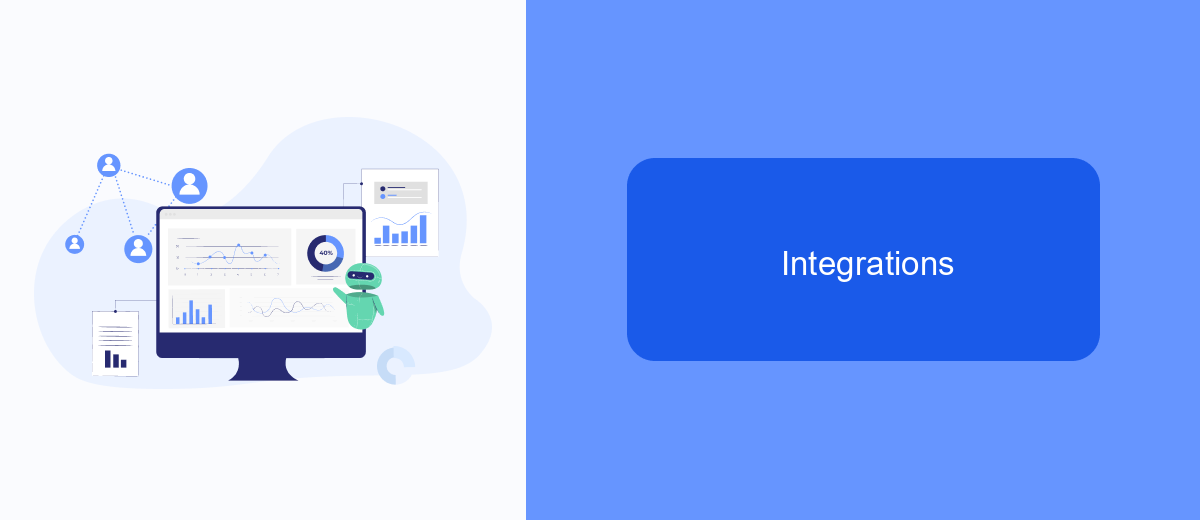Choosing the right project management tool is crucial for any organization looking to streamline workflows and enhance productivity. In this article, we compare Wrike and Pipefy—two popular platforms with distinct features and capabilities. By examining their strengths and weaknesses, we aim to help you make an informed decision on which tool best suits your business needs.
Overview
Wrike and Pipefy are two prominent project management tools designed to streamline workflows and enhance team collaboration. While both platforms offer robust features, they cater to slightly different needs and user preferences. Wrike is known for its versatility and extensive customization options, making it suitable for large enterprises with complex project requirements. On the other hand, Pipefy is appreciated for its user-friendly interface and ease of use, ideal for smaller teams and startups looking for a straightforward project management solution.
- Wrike: Advanced task management, time tracking, and reporting capabilities.
- Pipefy: Intuitive workflow automation, customizable templates, and process management.
- Integration: Both platforms support integrations with various third-party tools to enhance functionality.
When considering integrations, services like SaveMyLeads can play a crucial role. SaveMyLeads enables seamless integration between project management tools and other business applications, ensuring data flows smoothly and tasks are automated efficiently. Whether you choose Wrike or Pipefy, leveraging such integration services can significantly boost productivity and streamline your business processes.
Features comparison

When comparing Wrike and Pipefy, both platforms offer robust project management features, but they cater to slightly different needs. Wrike excels in providing a comprehensive suite of tools, including Gantt charts, time tracking, and advanced reporting capabilities. Its user-friendly interface and customizable dashboards make it a favorite among larger teams and enterprises. On the other hand, Pipefy focuses on process management with a strong emphasis on automation. It offers customizable workflows and templates, making it ideal for businesses looking to streamline their operations with minimal manual intervention.
In terms of integrations, Wrike supports a wide range of third-party applications, including popular tools like Slack, Google Drive, and Microsoft Teams. This makes it easier for teams to collaborate and share information seamlessly. Pipefy also offers various integrations but shines with its automation capabilities. For instance, using services like SaveMyLeads, businesses can set up automated data transfers between Pipefy and other platforms, ensuring that information flows smoothly without manual input. This is particularly beneficial for businesses aiming to optimize their workflows and reduce operational bottlenecks.
Pricing

When comparing Wrike and Pipefy, pricing is a significant factor to consider. Both platforms offer various plans to cater to different business needs and budgets.
- Wrike: Wrike provides a free plan with basic features for small teams. Paid plans start at .80 per user/month for the Professional plan, which includes advanced project planning tools. The Business plan costs .80 per user/month and offers custom workflows, real-time reports, and integrations. For larger enterprises, Wrike offers a customizable Enterprise plan with pricing upon request.
- Pipefy: Pipefy also offers a free plan with essential features. Paid plans start at per user/month for the Business plan, which includes advanced automation, integrations, and analytics. The Enterprise plan, designed for larger teams, offers additional customization and security features, with pricing available upon request.
Both Wrike and Pipefy offer robust integration capabilities to streamline workflows. For businesses looking to enhance their integration processes, services like SaveMyLeads can be invaluable. SaveMyLeads automates lead data transfer between various platforms, ensuring seamless integration and improved efficiency. Ultimately, the choice between Wrike and Pipefy will depend on your specific needs and budget.
Integrations

When it comes to integrations, both Wrike and Pipefy offer robust options to connect with various tools and services, enhancing your workflow efficiency. Wrike provides a wide range of integrations that allow teams to seamlessly connect with popular apps like Google Drive, Slack, and Microsoft Teams, ensuring smooth collaboration and data flow.
On the other hand, Pipefy also supports numerous integrations, enabling users to link with essential business tools such as Trello, Asana, and Google Sheets. This flexibility helps teams to automate tasks and streamline processes effortlessly.
- Wrike: Google Drive, Slack, Microsoft Teams, Salesforce
- Pipefy: Trello, Asana, Google Sheets, Zendesk
For those looking to simplify the process of setting up integrations, services like SaveMyLeads can be incredibly useful. SaveMyLeads automates the connection between different apps, saving time and reducing the complexity of manual setups. Whether you choose Wrike or Pipefy, leveraging integration tools can significantly boost your productivity.
Conclusion
In conclusion, both Wrike and Pipefy offer robust project management solutions tailored to different business needs. Wrike excels in providing comprehensive project planning and collaboration tools, making it ideal for larger teams and complex projects. On the other hand, Pipefy shines with its user-friendly interface and customizable workflows, catering to businesses looking for flexibility and ease of use.
When it comes to integrations, both platforms support a wide range of third-party applications. However, for those seeking seamless and automated integration setups, services like SaveMyLeads can be invaluable. SaveMyLeads simplifies the process of connecting various apps and automating workflows, enhancing the overall efficiency of your project management system. Ultimately, the choice between Wrike and Pipefy will depend on your specific requirements, team size, and the complexity of your projects.
- Automate the work with leads from the Facebook advertising account
- Empower with integrations and instant transfer of leads
- Don't spend money on developers or integrators
- Save time by automating routine tasks
FAQ
What are the key differences between Wrike and Pipefy?
Which tool is better for small businesses?
Can I integrate Wrike and Pipefy with other software tools?
Which platform offers better customer support?
Is there a free version available for Wrike and Pipefy?
Use the SaveMyLeads service to improve the speed and quality of your Facebook lead processing. You do not need to regularly check the advertising account and download the CSV file. Get leads quickly and in a convenient format. Using the SML online connector, you can set up automatic transfer of leads from Facebook to various services: CRM systems, instant messengers, task managers, email services, etc. Automate the data transfer process, save time and improve customer service.

